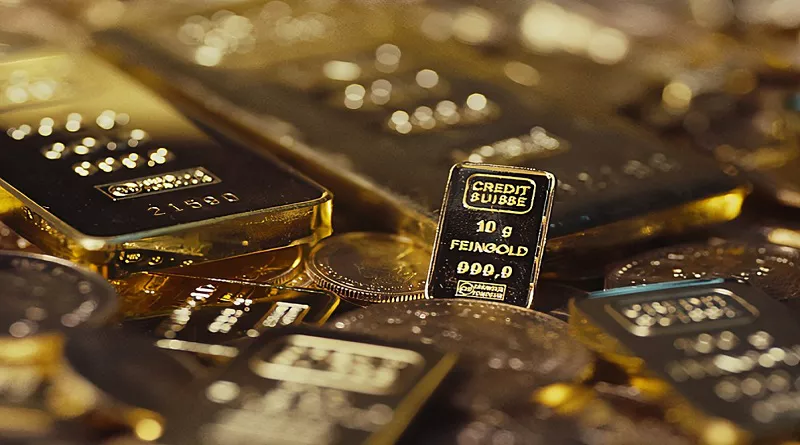Gold has long been revered as a valuable and sought-after precious metal. Its shimmering allure, historical significance, and perceived stability have made it a popular choice for investors around the world. In this article, we delve into the future forecast of gold, analyzing the factors that influence its price movements, the recent trends observed in the market, and the outlook for the yellow metal in the coming years.
Historical Significance of Gold:
Gold has been cherished throughout history, serving as a symbol of wealth, power, and prestige. From ancient civilizations to modern times, gold has maintained its allure and value. Its scarcity, non-corrosive nature, and aesthetic appeal have contributed to its desirability. In the modern era, gold has become an essential part of investment portfolios and acts as a hedge against economic uncertainty.
Factors Influencing Gold Prices:
-
Global Economic Conditions:
Economic indicators such as inflation rates, interest rates, and GDP growth have a significant impact on gold prices. During periods of economic instability or inflationary pressures, investors often seek the safety and stability of gold, leading to an increase in demand and subsequently higher prices.
-
Geopolitical Uncertainty:
Political tensions, trade disputes, and geopolitical conflicts can cause volatility in financial markets, prompting investors to flock to safe-haven assets like gold. Any significant geopolitical event can influence the demand and price of gold.
-
US Dollar Strength:
The US dollar and gold generally share an inverse relationship. A strong US dollar often leads to a decline in gold prices, as it becomes relatively more expensive for holders of other currencies. Conversely, a weaker US dollar makes gold more affordable, increasing its demand and price.
-
Central Bank Policies:
Actions taken by central banks, such as interest rate changes and monetary stimulus measures, can impact gold prices. Lower interest rates and expansionary monetary policies tend to boost gold’s appeal, as they reduce the opportunity cost of holding non-yielding assets like gold.
Recent Trends in the Gold Market:
In recent years, gold has experienced notable price fluctuations due to a variety of factors:
-
COVID-19 Pandemic:
The outbreak of the COVID-19 pandemic in early 2020 sent shockwaves through the global economy, causing widespread uncertainty and market turmoil. Initially, gold prices experienced a significant decline due to a rush for liquidity. However, as governments and central banks implemented massive stimulus measures and investors sought safe-haven assets, gold rebounded strongly, reaching record highs in August 2020.
-
Economic Recovery and Vaccine Rollouts:
As vaccination efforts expanded and economies gradually reopened, optimism regarding the global recovery led to increased risk appetite among investors. This shift in sentiment, coupled with rising bond yields, caused gold prices to retreat from their peak levels in the latter part of 2020 and early 2021.
Future Forecast for Gold:
While it is challenging to predict the precise future movements of gold prices, several factors suggest a positive outlook for the precious metal:
-
Ongoing Economic Uncertainty:
Despite signs of economic recovery, the long-term effects of the pandemic, coupled with lingering geopolitical tensions and potential inflationary pressures, may contribute to continued economic uncertainty. This environment typically favors safe-haven assets like gold.
-
Inflationary Pressures:
As governments worldwide continue to implement expansive fiscal and monetary policies to support their economies, concerns about inflation have surfaced. Historically, gold has been seen as a hedge against inflation, and increased inflationary pressures could drive up the demand for gold.
-
Central Bank Actions:
Central banks are likely to maintain accommodative monetary policies to support economic growth. Low-interest rates and quantitative easing programs tend to weaken currencies and increase the appeal of gold as a store of value.
-
Technological Advancements:
The growing demand for gold in the tech industry, particularly in sectors like electronics and renewable energy, is expected to remain robust. This trend could further bolster gold prices.
Conclusion:
Gold continues to captivate investors and retain its status as a safe-haven asset and store of value. While short-term price fluctuations are expected, the future forecast for gold appears promising. Ongoing economic uncertainty, inflationary pressures, central bank policies, and technological advancements are likely to contribute to the overall demand and potential appreciation of gold in the coming years. As always, investors should exercise caution, diversify their portfolios, and consult with financial professionals when making investment decisions related to gold or any other asset class.


